Top 4 materials for a flat roof (26% how much do they cost), EPDM membrane roofing. EPDM (Ethylene Propylene Diene Terpolymer) is a black synthetic rubber membrane commonly used in commercial and medical facilities. A variety of materials can be used to make a flat roof. The most common include EPDM rubber, single layer (TPO, PVC), modified bitumen, constructed roofing (BUR) and spray polyurethane foam.
Many homeowners choose EPDM or TPO. EPDM roofs are affordable and can achieve a service life of more than 30 years. TPO roofs are easy to install and maintain, and their white color can help reflect heat from the sun and improve the energy efficiency of a building. For many projects, PVC ceilings are our go-to choice as the best flat roofing material on the market.
PVC ceilings are somewhat more expensive than other commercial single-layer roofing materials, however, they offer a wide range of benefits for the price. Firstly, the reinforced membrane makes PVC roofs resistant to impact damage and cracking, which normally shortens the service life of single-layer roofs. PVC ceilings are one of the best materials for flat roofs because they require little maintenance and a long service life. Smucker Contracting, we offer a 20-year warranty on the new PVC ceilings we install.
In addition, like TPO ceilings, PVC is a reflective white color that is useful as it drastically reduces the company's energy bills. What are the different types of flat roofs? Constructed roof (BUR), modified bitumen roof (MBR) and rubber membrane roof (EPDM). While not as common as the options mentioned above, spray polyurethane foam is probably one of the most effective flat roofing systems available. This type of roof combines multi-component, closed-cell spray polyurethane (SPF) foam insulation with a protective elastomeric top coating.
PVC has long been one of the most popular and reliable materials for flat roofs. It's incredibly sturdy and lasts for decades. It is strong and can withstand the weather like a champion. And it only needs minimal maintenance.
It is resistant to fire, wind, punctures and UV rays. It is so good against water that it is one of the best options for areas that have ponds. It also comes in a variety of colors. However, it is worth mentioning the disadvantages of PVC ceilings.
It is made of non-recyclable and toxic materials. It can also be very difficult to repair or replace it when necessary. As for the price, it is not the most expensive, but it is more expensive than most of the materials in this list. TPO ceilings were designed to be a modern replacement for PVC ceilings, and to a large extent they live up to that ideal.
It is very durable, requires minimal maintenance and lasts as long as PVC (if not longer). Not the cheapest material, but it has a competitive price. It is usually white and, as such, reflects UV light very well. This helps reduce cooling costs.
Finally, TPO is a lightweight material, making it an excellent choice for almost any building. While the roof is not leaking right now, it has been patched several times and should probably be re-roofed in the very near future. The flexibility of a flat roof offers certain benefits, but flat roofs have a certain reputation for leaking and repairing. Especially if you use a ballasted roof, you need to make sure that the underlying roof structure is strong enough to withstand this pressure.
Modified Bitumen: A potential area of concern with single-layer roofing membranes, which include TPO, EPDM and PVC, is that although these roofing membranes are durable, sharp objects and collisions can pass through the single layer of the membrane. I have had several roofers coming and although they can do repairs, they don't advise against it, as they can't be guaranteed to repair leaks. The material is closer to a rubber roof in cost, but it also features welded seams for greater durability like PVC membranes. These systems work consistently with roof pitch to remove rainwater and snow as it falls from the sky.
This means that you can easily select a variety of materials to match the exterior of your building, which may have parts covered by asphalt shingles. Built roofs have been used for more than 100 years and their biggest advantage is the ability to withstand heavy foot traffic. We'll take a minute to go over the best and most popular options so you can see which material is best for a flat roof. With a market full of options, deciding on the best flat roofing materials for your project can be difficult.
Sealing to the roof: There are no seams to worry about with modified bitumen roofs, so you have a superior waterproofing solution that is leak proof. Since it uses polymer and synthetic rubber, it provides the roof with excellent flexibility and elasticity. While the service life is lower than that of the more advanced options, the price alone can make modified bitumen one of the best flat roofing materials for some companies. .
.
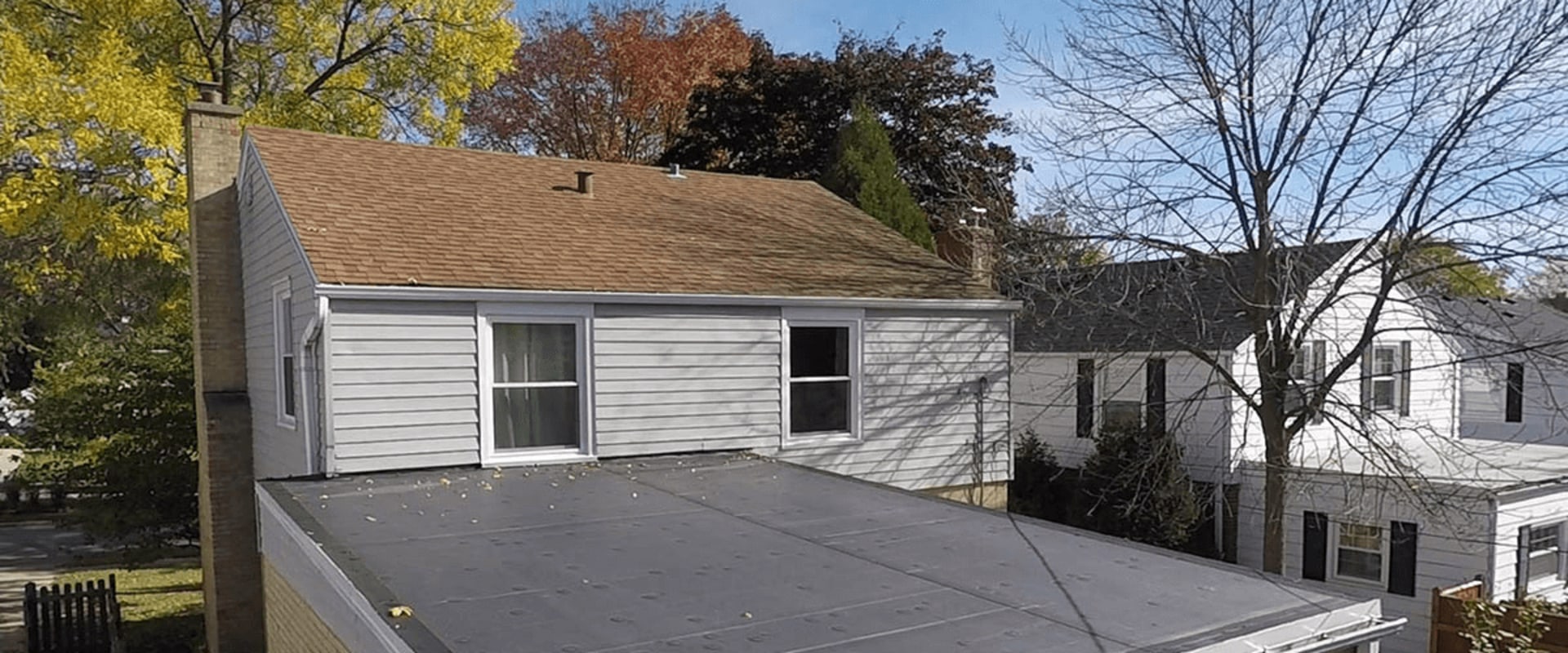

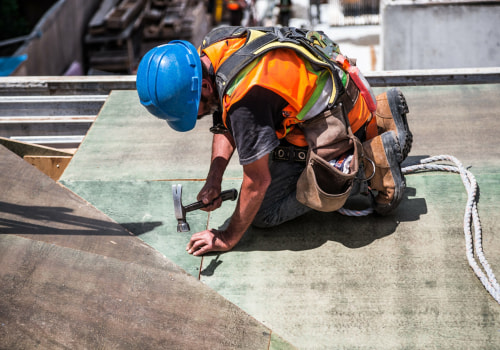
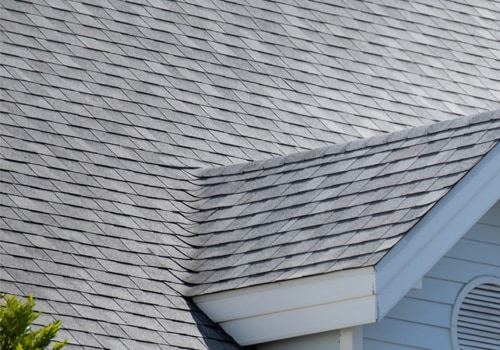
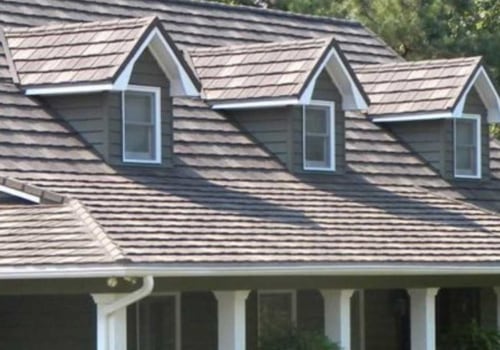


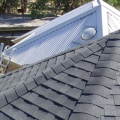
Leave Reply